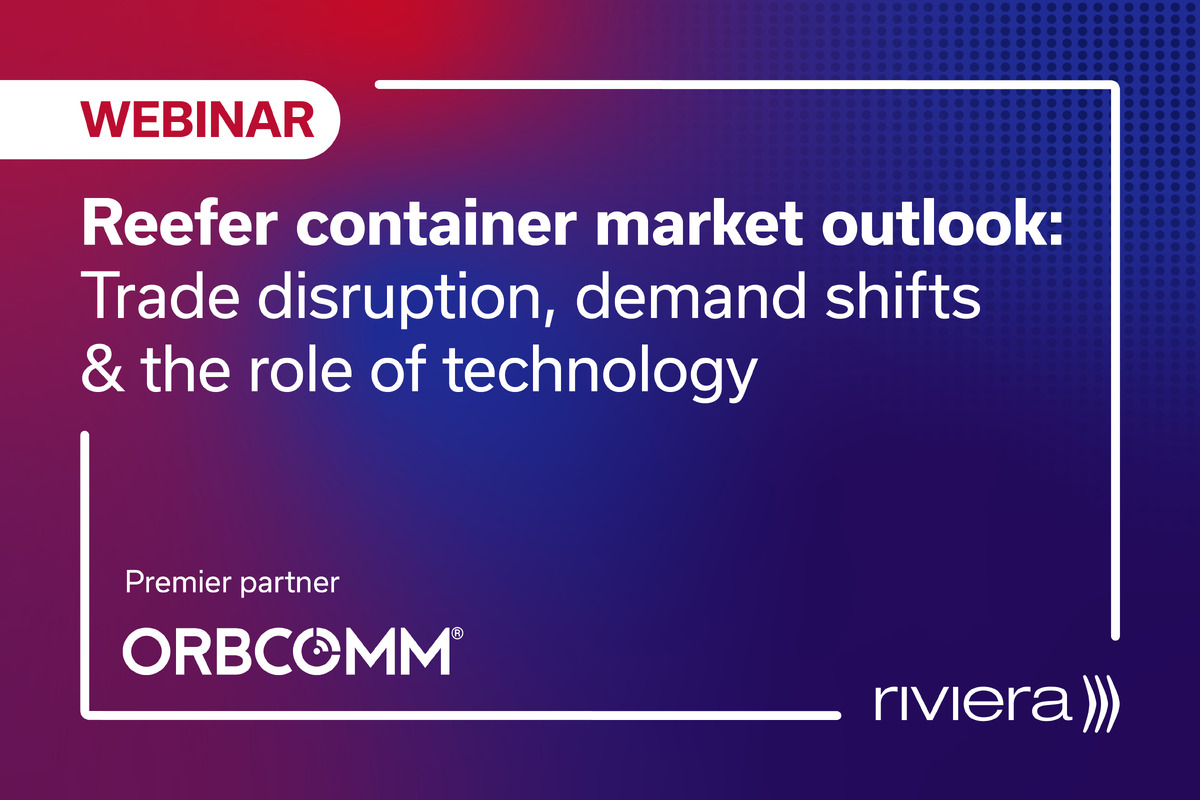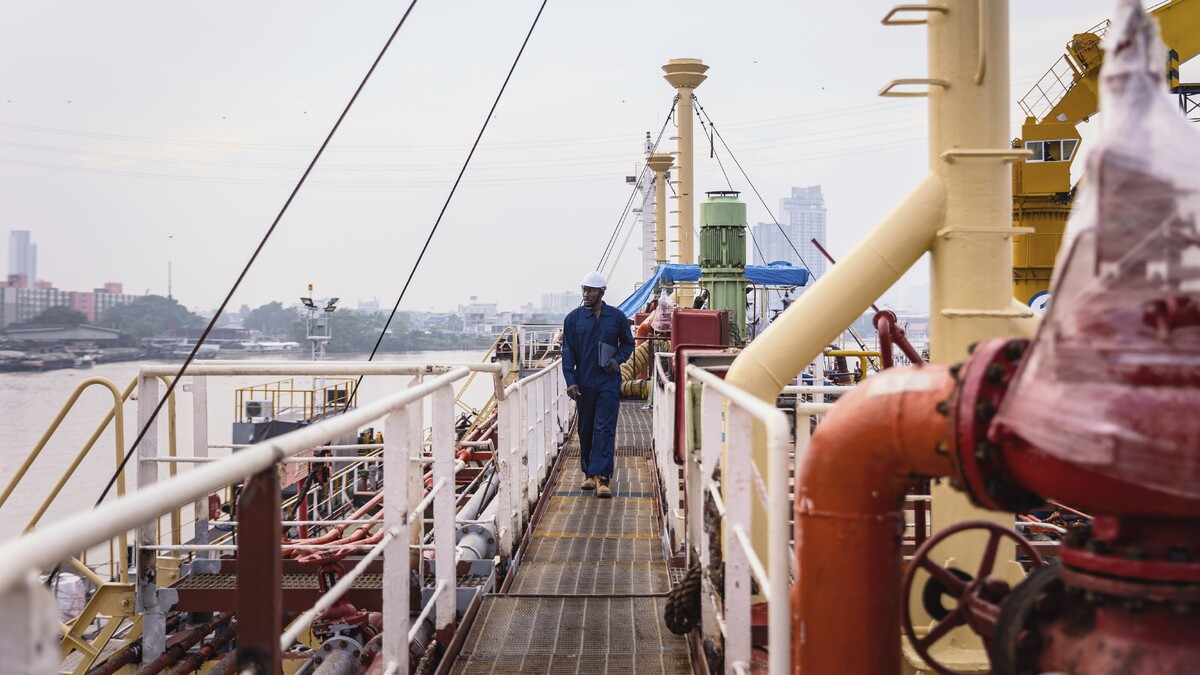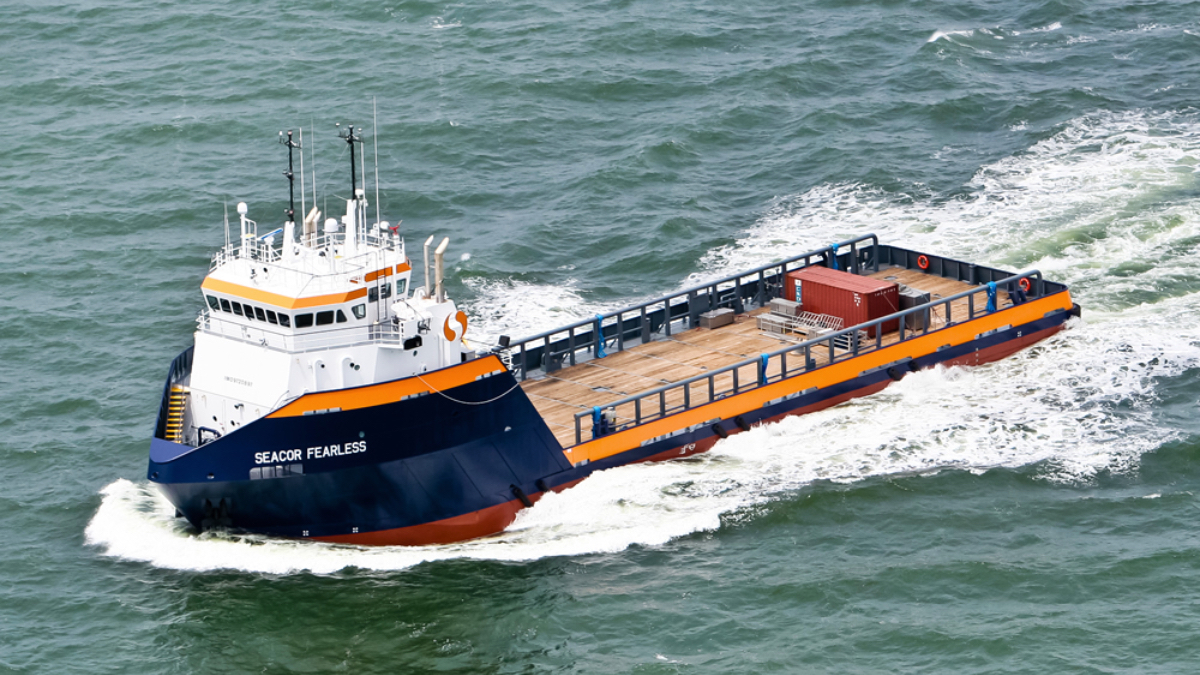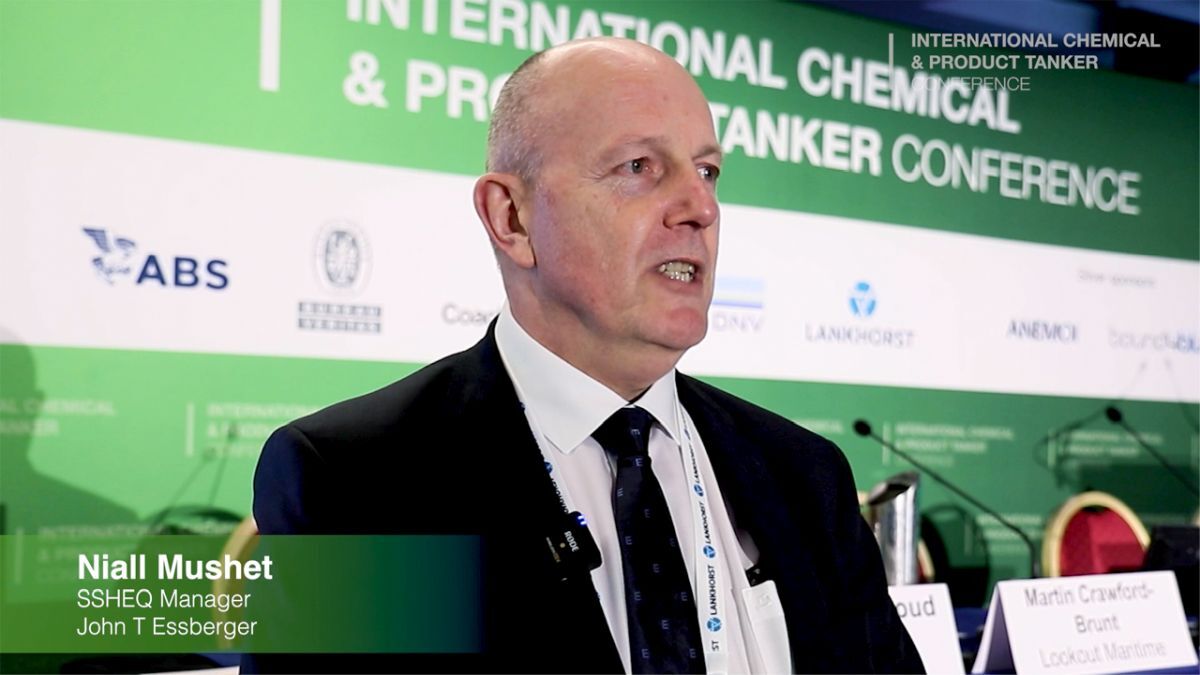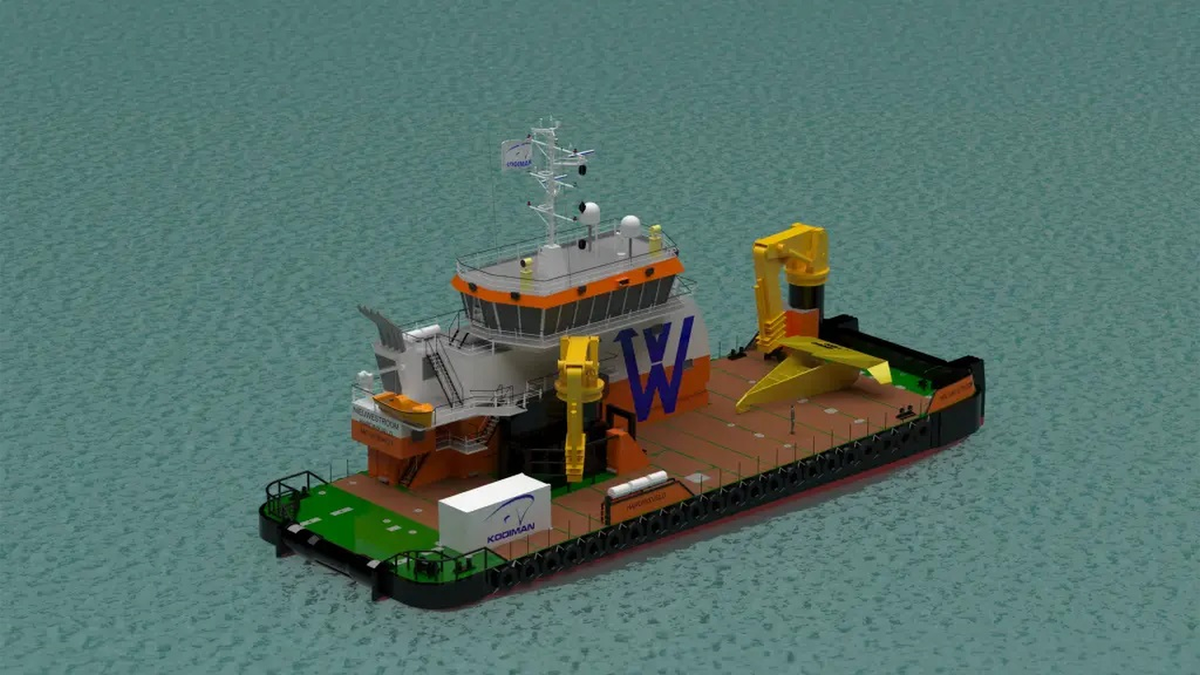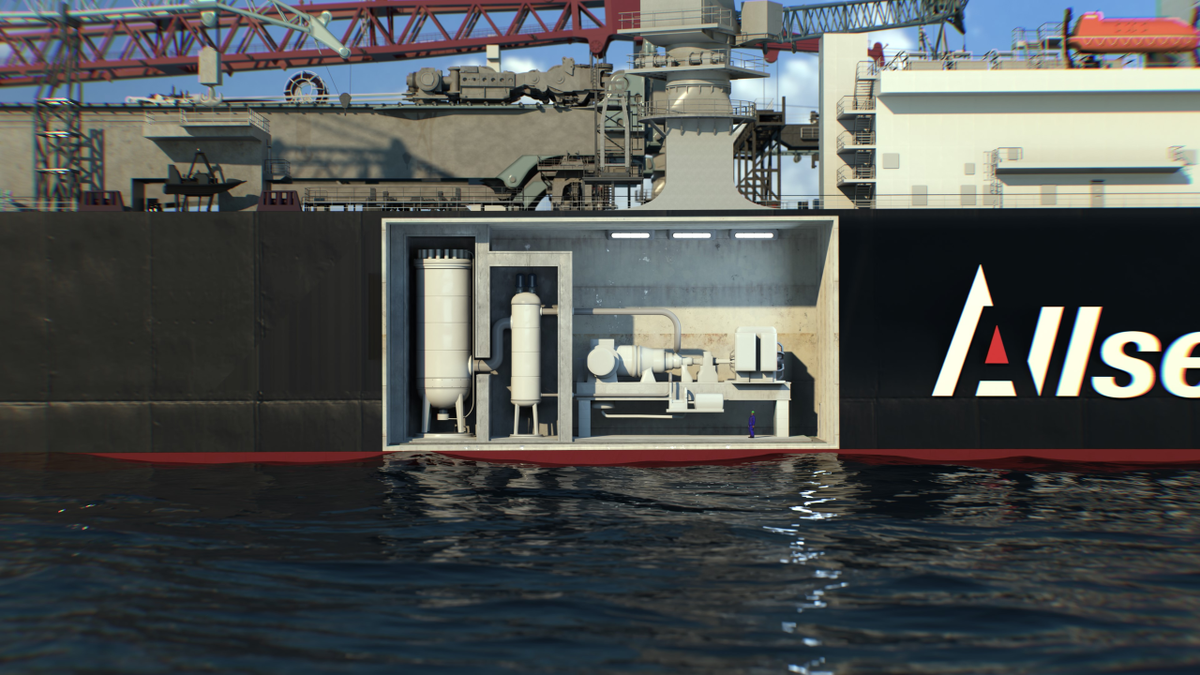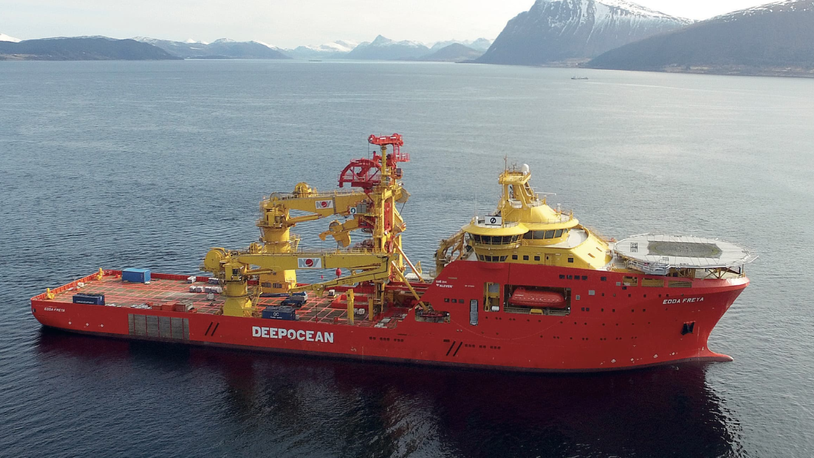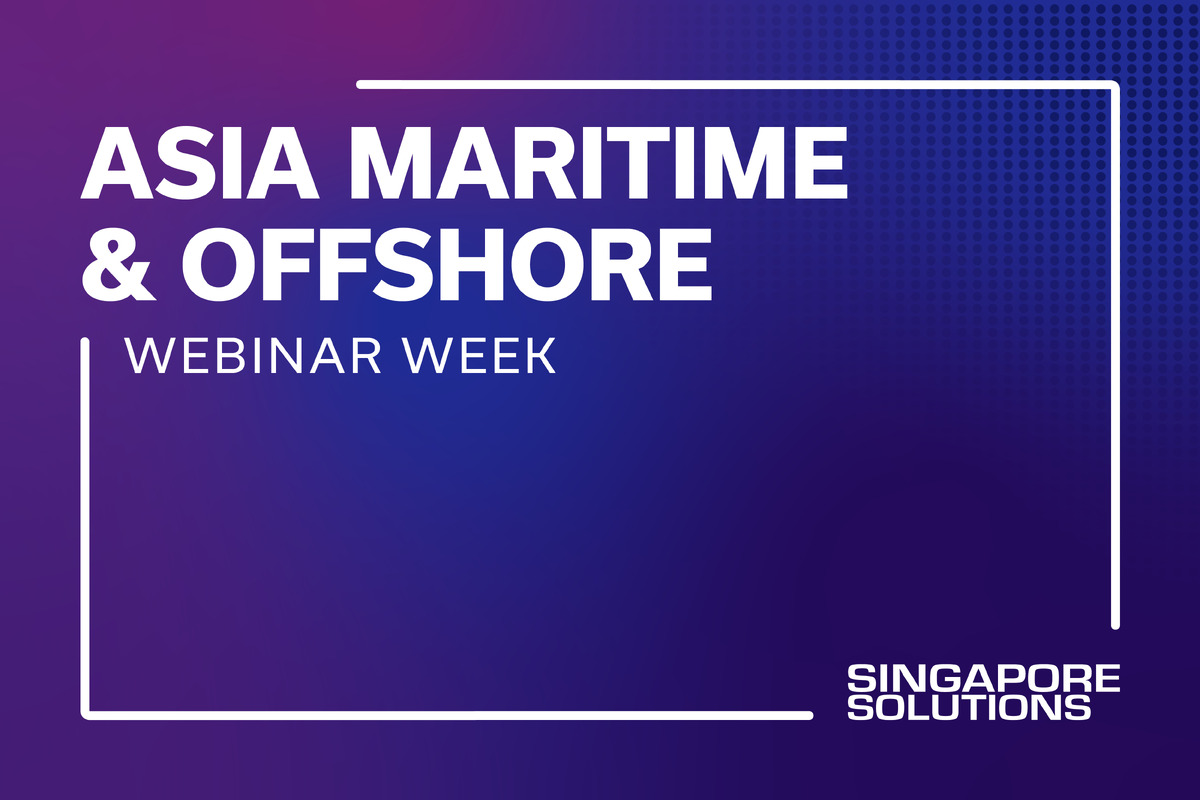Business Sectors
Contents
Bluestream returns to the scene with R2S
With many offshore support vessels due to be delivered in coming years, owners and operators of such tonnage face an unprecedented challenge in recruitment and training. Despite this industry-wide problem, the Bluestream group in the Netherlands has, as the company’s sales and marketing manager Marion Mooij explained, successfully grown its business in recent years, quadrupling its workforce in the process and expanding its fleet with the 2008 launch of Toisa Paladin, a purpose-built saturation diving support vessel.
Ms Mooij told the conference that Bluestream has needed to recruit and train personnel for all its business areas, including the specialists required to operate the new vessel. The key to doing so was, she said, treating people in a personal way, as they might be treated in a small family-run enterprise, along with investing in innovative training methods.
“Companies with safe and pleasant working environments, that look after their workforce, earn reputations as good employers. Word spreads, and, people want to work for such companies. When this is the case, a company can select from the strongest candidates,” she told delegates. “When people join a company that treats them well, they often encourage their former colleagues to join too, so investing in people first, and then in fleet expansion, is a successful strategy.”
As Ms Mooij also explained, Bluestream has recently adopted R2S Technologies’ Return to Scene software, which uses specialised 360 degree photography to create what the company calls ‘virtual working environments.’
The images in Return to Scene (R2S) are populated from plans, photographs, videos, audio clips and other digital files to provide realistic virtual access to all areas of Toisa Paladin and Northern River, another of the company’s vessels.
R2S technology has allowed Bluestream to execute a wide range of asset management strategies and can be used to plan and record safety procedures, train and induct staff and rehearse emergency scenarios.
The combination of 360deg spherical photography and software provides ‘real life’ access to Bluestream’s vessels, not only enabling an opportunity to reduce costs but to enhance communication, collaboration and training, whilst making the decision making process much easier and quicker.
For safety training, staff can familiarise themselves with a ship and be brought quickly up to speed on all HSE procedures prior to boarding and commencing work. This offers the ability to train and induct staff remotely, potentially reduce travel and transport costs and promote operating safely and effectively.
“Creating safe and positive working environments and treating personnel as people is the key to recruiting a strong workforce,” Ms Mooij concluded. “Investment in innovative training methods, such as the use of 360 degree visualisation tools, can also play an important role.”
Related to this Story
Events
Reefer container market outlook: Trade disruption, demand shifts & the role of technology
Asia Maritime & Offshore Webinar Week 2025
Marine Lubricants Webinar Week 2025
CO2 Shipping & Terminals Conference 2025
© 2024 Riviera Maritime Media Ltd.
